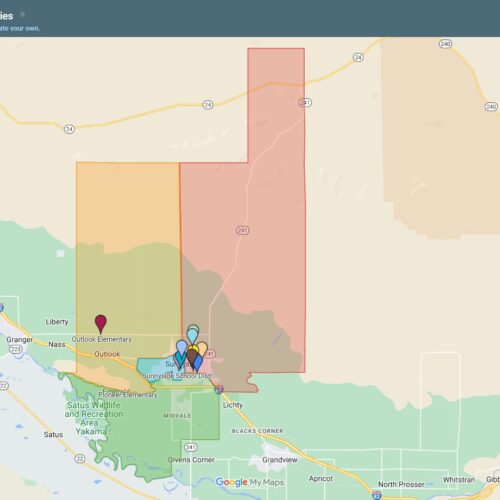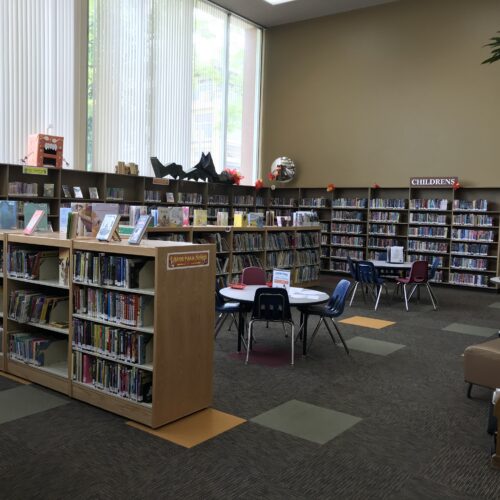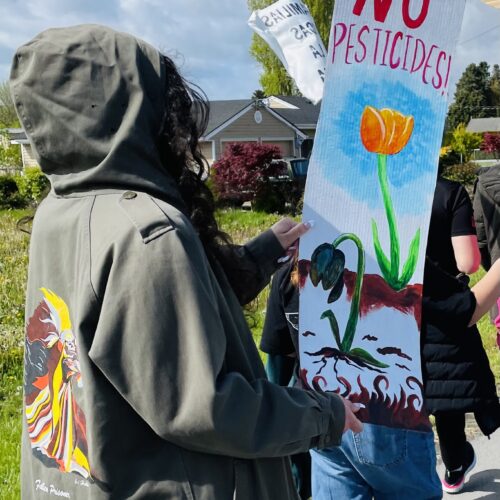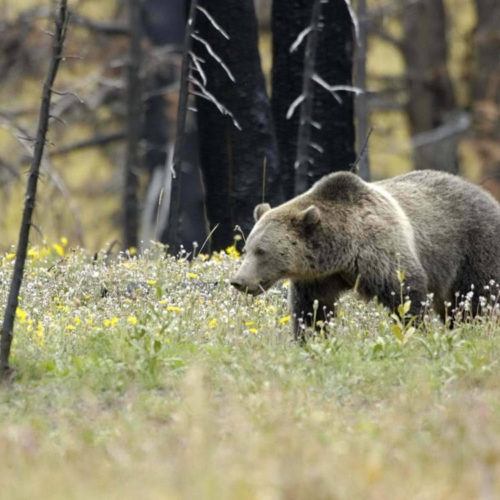There’s Potential For Landslides After A Fire; What To Watch Out For
After a wildfire, damage to the landscape seems pretty obvious. But there’s more to it than burned trees: landslide dangers in burned areas.
After a fire, the landscape changes. The overcanopy of trees can disappear. Vegetation might be completely wiped out. Soil can be scalded, becoming so dry it repels water.
It’s the perfect storm for landslides, explains Patrick Shults, extension forester in southwest Washington for WSU, “When you have a freshly burned area with lots of hydrophobic soils, then you get significant rainfall, the soil’s no longer absorbing that, there’s a lack of structure in the soil because of the lack of roots from the vegetation. And that’s when you start to see landslides occur.”
Landslides pose a threat not only to the ecosystem, but to us. And now that we’re in the months of heavier precipitation, Shults says folks should be thinking about how to engage with land that has been severely burned, mainly by staying away, especially during periods of heavy rainfall.
Hard to do, however, if you live in an area impacted by wildfires. Gina McCoy, resident of the Methow Valley, former county planning commissioner and watershed hydrologist knows a thing or two about landslides.
McCoy describes how landslides after the Carlton Complex fire in 2014 changed the hydrology of the watershed of Fraser Creek. The creek now runs more robustly year-long, where before it would dry up over the summer. The debris flow completely destroyed one home that year, and damaged several others.
All the residents of the valley were impacted, as highways running along the creek bed closed. McCoy says, “Two of our three highways were washed out for long periods of time, where I think we couldn’t even leave the valley if we wanted to.”
So what about fires that burned this year? The Twenty Five Mile fire burned over 22,000 [twenty-two thousand] acres near Chelan. Now that the fire is contained, crews are engaging in a Burned Area Emergency Response.
Public affairs officer Victoria Wilkins says they aren’t concerned of a landslide occurring in the burned area, but they are concerned of debris flow, increased runoff and flash flooding; “The main concern associated with the Twenty Five mile fire is more basin wide flooding.”
Wilkins explains that scattered throughout much of the fire there was high severity burning, which leads to drier soils that can’t absorb rainfall. The streams in the area all lead to Twenty-Five mile creek, and so, in a high intensity, short duration rain event, there could be flooding and massive debris flow.
This poses potential dangers for recreators in the area, which is why the nearby state park and campground is closed, as well as much of the burned area. Wilkins says it’s safest to abide by the closures.
If you find yourself downstream from the Twenty Five Mile burned area, or for that matter, any area that burned recently, Wilkins says to be aware of your surroundings. Wilkins says, “The risks don’t stop at the boundary of the fire.”
When you’re downstream, near or in a drainage bottom or stream bed, Wilkins says to watch for changes in water color, rapid increase of water flow, or rapid decrease, as all can signal potential debris flow and flooding.
According to the National Weather Service, there’s a flood warning across much of northwest Washington in effect until tonight.















